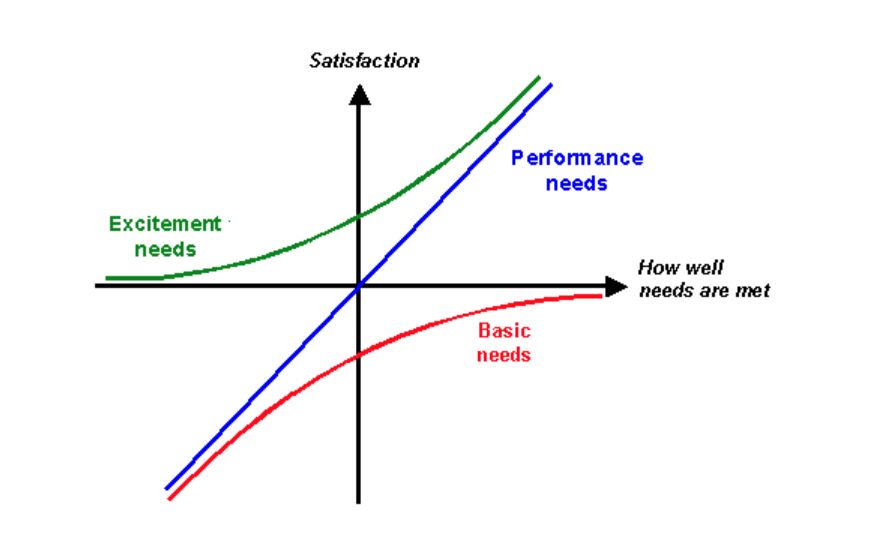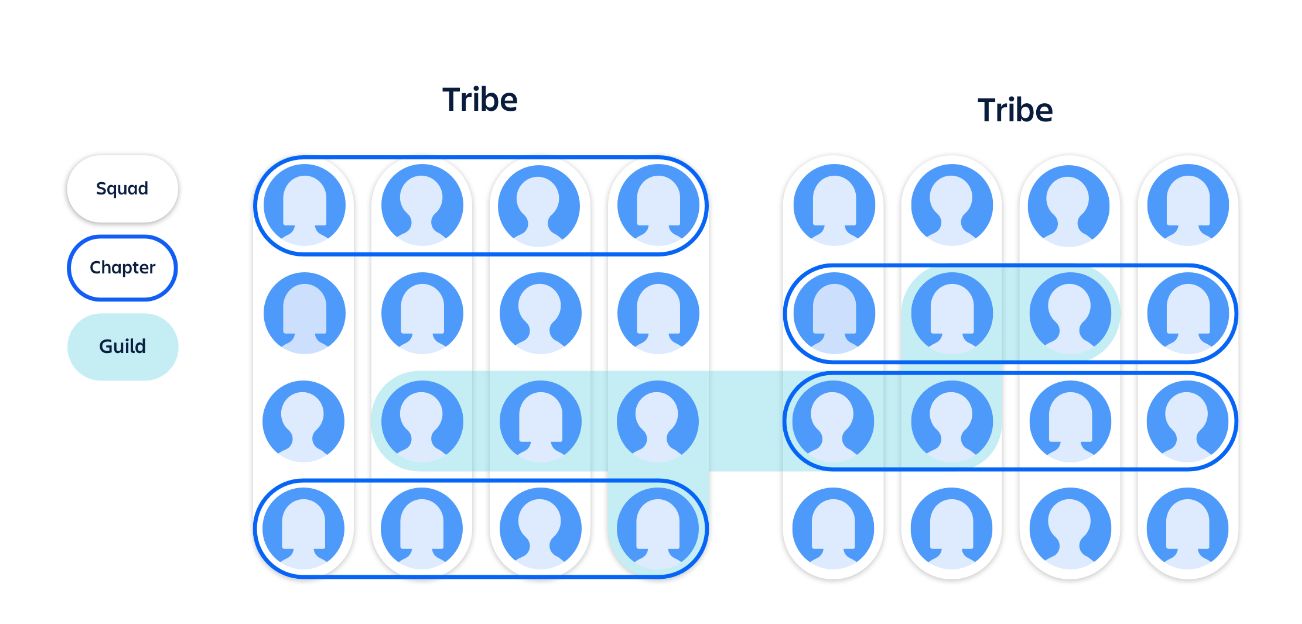PMO Revolution: Transforming Challenges into Innovations

PMOs are under constant pressure to perform and show value. The Kano model, a product development theory, illustrates this challenge aptly.
It categorizes customer preferences into three levels: basic needs, performance needs, and excitement needs.

Over time, as performance and excitement features become commonplace, they transform into basic expectations. For PMOs, this means that today's innovative solutions can easily become tomorrow's standards, necessitating relentless innovation.
Innovation isn't just about new ideas; it's about effectively transforming existing practices to meet evolving demands. While this blog centers on innovation as a solution to PMO challenges, upcoming discussions will delve into its broader applications across various domains.
Innovation distinguishes between a leader and a follower.
Steve Jobs
Understanding the Current PMO Landscape
Gone are the days of PMOs as mere gatekeepers, functioning within departmental silos, isolated from the larger business dynamics. Today's PMOs are strategic enablers, operating as cohesive teams within a PMO operating model. Together, they tackle diverse challenges, from delivering valuable services, ensuring compliance, and managing stakeholders to embracing emergent technologies like Artificial Intelligence (AI).
Each challenge, in turn, offers a unique opportunity for innovation, growth, and strategic alignment.
PMO Challenges and Their Innovative Resolutions
- AI integration: As businesses increasingly look to leverage AI for predictive analysis, automation, and data-driven decision-making, PMOs face the challenge of integrating these technologies into existing workflows. AI's vast potential also brings complexity. Tools and platforms like TensorFlow, IBM Watson, and Microsoft Azure AI provide the foundation for AI integration, but the real innovation lies in leveraging AI itself to simplify its adoption. By utilizing AI-driven project management platforms and AI-powered analytics tools, PMOs can harness the power of AI to forecast project outcomes, automate repetitive tasks, and offer strategic insights, turning the challenge of AI adoption into its own solution.
- Resource constraints: An age-old challenge, modern organizations are tackling this through lean methodologies, aiming to maximize value with fewer resources. Tools such as Resource Guru, Monday.com, and Smartsheet offer data-driven insights that optimize resource allocation, ensuring maximum output with available means.
- Stakeholder alignment: Keeping stakeholders in sync can be intricate. Regular engagement workshops help in aligning visions. Platforms like SharpCloud, Trello, and Asana make it easier to visualize stakeholder inputs, offering tangible and effective collaboration methods.
- Process standardization: Maintaining consistency is vital. Alongside repositories of best practices, platforms such as Confluence, Microsoft Teams, and Slack provide the collaborative backbone, ensuring teams learn from and build upon past experiences.
- Technological integration: As technology continues to evolve, PMOs need platforms to keep pace. Regular tech-awareness sessions, aided by integration tools like MuleSoft, Zapier, and IFTTT, ensure a seamless blending of new tech into existing frameworks.
- Risk management: Staying ahead of potential pitfalls is crucial. Proactive risk assessment, supported by tools like RiskyProject, Monte Carlo Simulations, and Oracle's Primavera Risk Analysis, offers insights into potential hazards and mitigation strategies.
- Demonstrating value: Illustrating the PMO's tangible impact requires a combination of storytelling and data. While narratives spotlight successes, BI tools such as Tableau, Power BI, and Looker transform raw data into compelling success stories.
- Change management: Adapting to constant change needs strategy. By having change champions and leveraging platforms like Prosci, Kotter's 8-Step Process, and ADKAR Model, PMOs can guide organizations steadily through shifting terrains.
- Competence development: In an ever-evolving skills landscape, PMOs must ensure teams are prepped for the future. Skill development initiatives, augmented by platforms like Coursera, Udemy, and LinkedIn Learning, cultivate a team that's not just current but also ready for tomorrow's challenges.
Real-world Case Studies
- Spotify's PMO agile evolution: Amidst unprecedented scaling, Spotify's PMO recognized that their existing structure wouldn't support their rapid growth. Embracing an innovative solution, they formulated the now-famous Spotify model, focusing on "squads," "tribes," and "guilds" that fostered autonomy and empowered individual teams. But it wasn’t just about autonomy; the PMO ensured that while each team had the freedom, there was a universal alignment toward the company's overarching objectives. This PMO-led structural innovation has been crucial in allowing Spotify to continually launch feature-rich updates and stay ahead in the competitive music streaming market.

- Airbnb PMO pivot to strategic thinking: With its meteoric rise, Airbnb's PMO faced unique challenges. Global expansion meant navigating a maze of different regulations, cultures, and stakeholder expectations. Recognizing that traditional PMO methods wouldn't suffice, they pivoted to a more flexible, outcome-driven approach. The PMO championed innovative project frameworks that emphasized adaptability, a keen focus on customer experience, and a robust feedback loop. Their PMO-led initiatives, such as "Experience-Driven Homesharing," demonstrated how by leveraging innovative PMO strategies, Airbnb could evolve its offerings, ensuring guests had not just places to stay, but unique experiences.
Steps to Start Your PMO Revolution
Embarking on this revolution to turn challenges into innovation? It's essential to thoroughly understand the current landscape and then apply an approach like the one below.
Transforming Challenges into Innovations: A 10-Step Methodology
- Identify and define: Clearly articulate the challenge at hand. Understand its root causes and the implications it has on the broader organization.
- Gather diverse perspectives: Engage a cross-section of stakeholders – from team members to external partners. Diverse viewpoints can offer fresh insights into old problems.
- Research existing solutions: Before reinventing the wheel, explore how similar challenges have been tackled in other domains or industries.
- Brainstorm without boundaries: Encourage teams to think beyond current constraints. This stage is about generating a plethora of ideas, no matter how outlandish.
- Prototype early: Create low-fidelity prototypes of potential solutions. These initial models help in visualizing the solution and gathering early feedback.
- Iterate frequently: Based on feedback, refine the prototypes. Reiteration helps in aligning the solution closely with the challenge.
- Assess feasibility: Before full-scale implementation, evaluate the feasibility of the solution in terms of cost, time, resources, and alignment with organizational goals.
- Implement and monitor: Roll out the innovative solution while continuously monitoring its effectiveness. Data-driven insights can help in fine-tuning the approach.
- Gather feedback post-implementation: Once the solution is in place, gather feedback from users and stakeholders. Understand its impact and areas for improvement.
- Document and share: Archive the process, learnings, successes, and failures. This becomes a repository for future reference and can inspire further innovations.
Potential Pitfalls and Navigating Them
Transformation inevitably encounters roadblocks. Prioritizing clear communication, maintaining consistent retrospectives, and fostering a culture that values feedback are essential strategies to surmount these challenges. Embrace challenges as opportunities for growth, and remember that a culture of innovation requires continuous learning and adaptation. With determination and a forward-thinking approach, your PMO can lead the way in transformative success.
Begin your innovation journey now!



